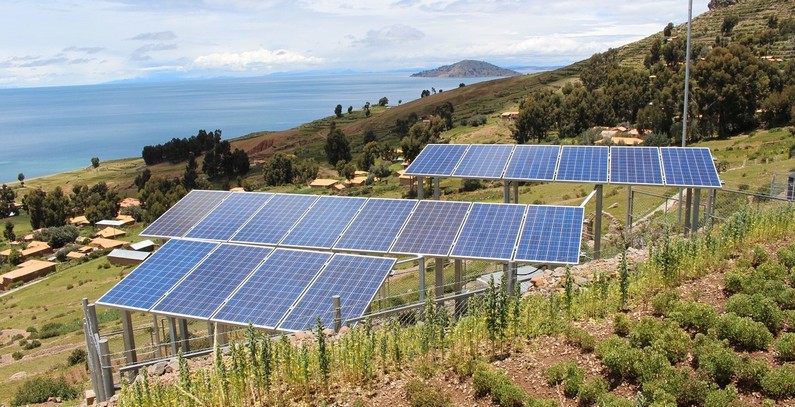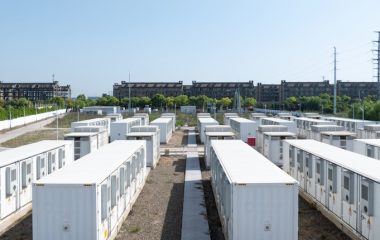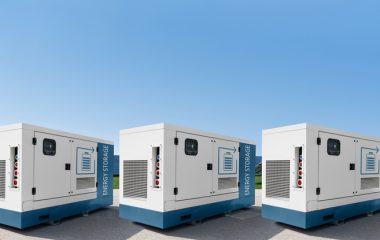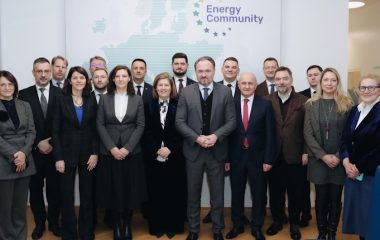
Photo: Pixabay
Greece’s draft National Energy and Climate Plan calls for EUR 32.7 billion in investments from 2020 to 2030 for the share of renewable energy sources (RES) in energy consumption to rise to 32% and electricity production to 55%. Comments to the draft plan are due by December 3, according to the Ministry of Environment and Energy’s website.
The draft National Energy and Climate Plan, which the ministry submitted for public consultation earlier this week, envisages the investments to enable reducing greenhouse gas (GHG) emissions by 63% and ensuring energy savings of 32%, energypress reported.
Of the total EUR 32.7 billion in investments, EUR 8.5 billion is planned for power generation from renewable energy sources, EUR 5.5 billion for electricity system infrastructure, EUR 1.9 billion for new power stations and upgrades of existing facilities, EUR 3.3 billion for distribution network development and digitization projects, EUR 2.2 billion for cross-border natural gas pipelines, EUR 2 billion for natural gas networks and storage units, EUR 300 million for research and innovation, and EUR 9 billion for energy efficiency.
The draft National Energy and Climate Plan plan foresees major RES penetration, to be driven by reduced electricity generation costs in the sector, especially photovoltaic (PV) and wind energy technology, and a withdrawal of old lignite and diesel-fired power stations, whose production costs are expected to increase as a result of higher CO2 emission right costs, energypress wrote.
Under the draft plan, the total installed capacity for electricity production is expected to increase by 44%.
RES expected to add EUR 12 billion in value to economy by 2030
Under the draft plan, the investments in electricity production from RES are expected to add over EUR 12 billion in value to the economy from 2020 to 2030, energypress wrote.
The draft plan also projects the creation of over 15,000 full-time jobs over the ensuing 25-year period.
Wind energy installed capacity is seen almost tripling to 6.4 GW in 2030 from 2.4 GW in 2016, as is PV capacity, to 6.9 GW from 2.6 GW in 2016, while hydropower capacity, including the main power utility PPC’s big units, is forecast to achieve a milder increase to 3.9 GW from 3.4 GW in 2016, the portal wrote.
The wind energy sub-sector’s production is expected to increase to 14,933 GWh in 2030 from 5,146 GWH in 2016, PV output is forecast to rise to 10,514 GWh from 3,930 GWh in 2016, and hydropower production should grow to 6,269 GWh from 5,603 GWh in 2016, according to the draft plan.









Be the first one to comment on this article.